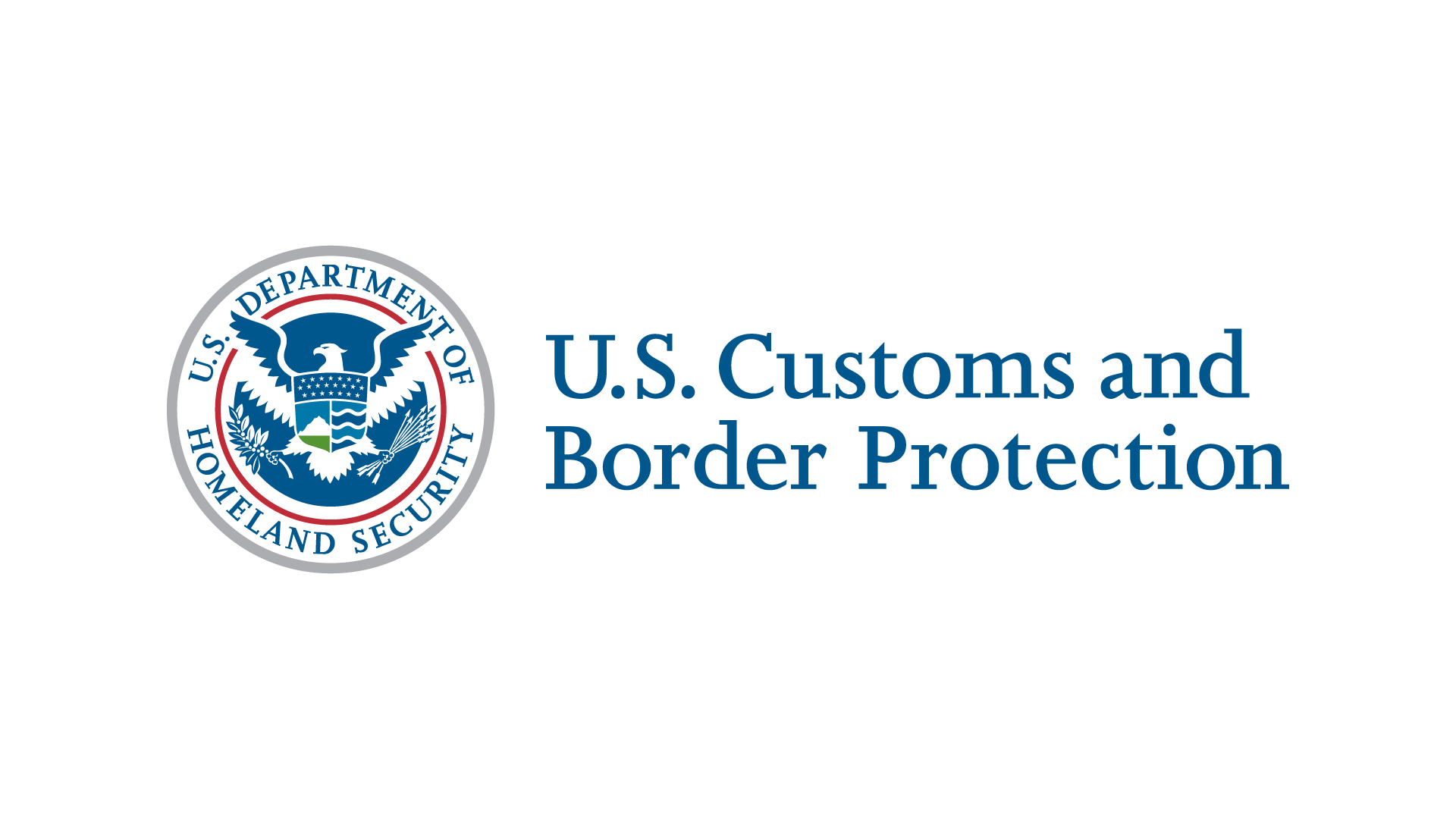
via Brian Bradley at the American Shipper
The U.S. and Mexico have agreed to adopt a CAFTA-style short-supply textile and apparel framework for NAFTA, according to two private sector sources with knowledge of NAFTA textile and apparel negotiations.
“I think this is one of the most untold stories” on NAFTA, said Dan Ujczo, the Canada-U.S. practice group chair for the Dickinson Wright law firm, in an interview. “I think there are going to be dramatic changes to the textile industry in the NAFTA in terms of importing materials from overseas, and I think not only the retail and apparel industry needs to pay attention to that, I think anybody that stitches things together – seat covers, anything else – needs to be keeping an eye on that textile provision.”
While industry is still waiting to see the textile and apparel text agreed to by the U.S. and Mexico, Mexico “conceded throughout the winter” on those provisions, Ujczo said.
Parties that apply for additions to the CAFTA short-supply list submit a request to the U.S. Commerce Department, present evidence of due diligence to determine any CAFTA territory production of the fabric, as well as proof that other fabrics aren’t substitutable in commercial quantities in a timely fashion.
The interagency Committee for the Implementation of Textile Agreements generally has 30 U.S. business days to determine whether a CAFTA short- supply petition contains all necessary information and whether production of the petitioned fabric occurs in the region.
Ron Sorini, principal at trade consultancy Sorini, Samet & Associates, said it’s unclear who will be responsible for administering NAFTA’s new textile short-supply process.
He added that it’s plausible that the U.S. and Mexico agreed to a process similar to the short-supply provisions of the Korea-U.S. Free Trade Agreement (KORUS), which would mean that the U.S. and Mexico would make decisions on short supply in their respective markets.
The textile and apparel agreement will “require more U.S. content, like using sewing
thread and pocketing and certain narrow elastics,&rldquo; Sorini said.
The U.S. and Mexico have also agreed to minimally reduce tariff preference levels (TPLs) for textiles and apparel in NAFTA, Sorini said.
NAFTA TPLs provide duty-free access for specified quantities of yarn, fabric, apparel and made-up textile goods that don’t originate in the NAFTA region.
The U.S. and Mexico have been negotiating NAFTA bilaterally for the last two months, as President Donald Trump has threatened to cancel the trilateral pact in favor of a new U.S.-Mexico trade agreement, but Canadian Foreign Affairs Minister Chrystia Freeland is in Washington, D.C., negotiating with her U.S. and Mexican counterparts in hopes of closing a trilateral deal this week.
The U.S. and Mexico on Monday announced they had reached a partial deal in principle to conclude their bilateral NAFTA talks. Canada must agree to any updates for the deal to remain trilateral.
The Trump administration aims to formally notify Congress of an updated NAFTA by the end of Friday, after which Congress would have 90 days to consider and approve the details. According to Trade Promotion Authority rules, the executive branch must forward complete text to Congress 30 days after formal notification, giving Canada a window to reach agreement with the other two parties.
“There’s going to be a notice on Friday – I don’t doubt that at all,“ Ujczo said. “And I think what’s going to happen is Canada will agree to be a part of that notice of a new deal, and there’ll be 30 days to work on the text. …We don’t have to publish the text until September 30th, so I think that does give additional time.”

